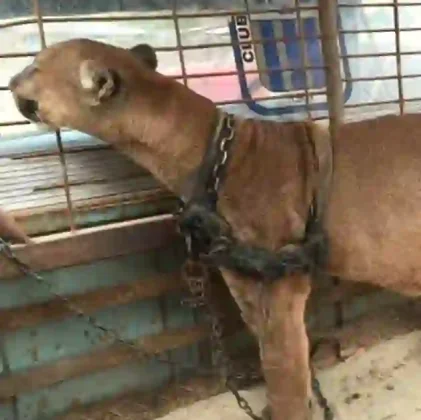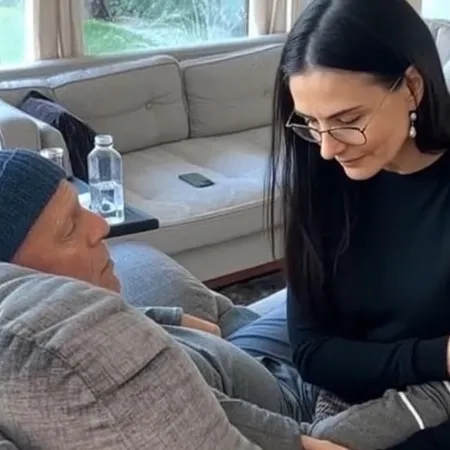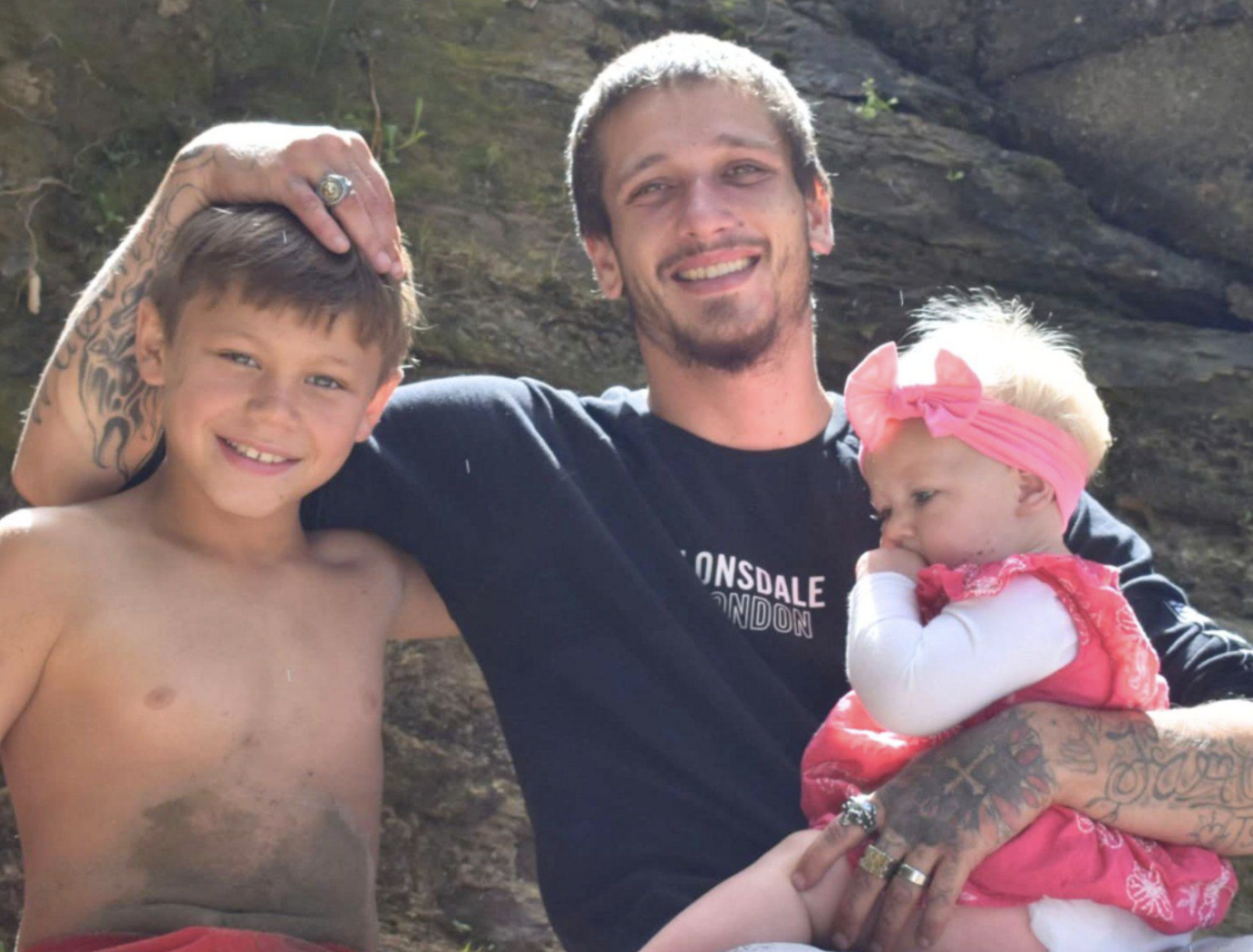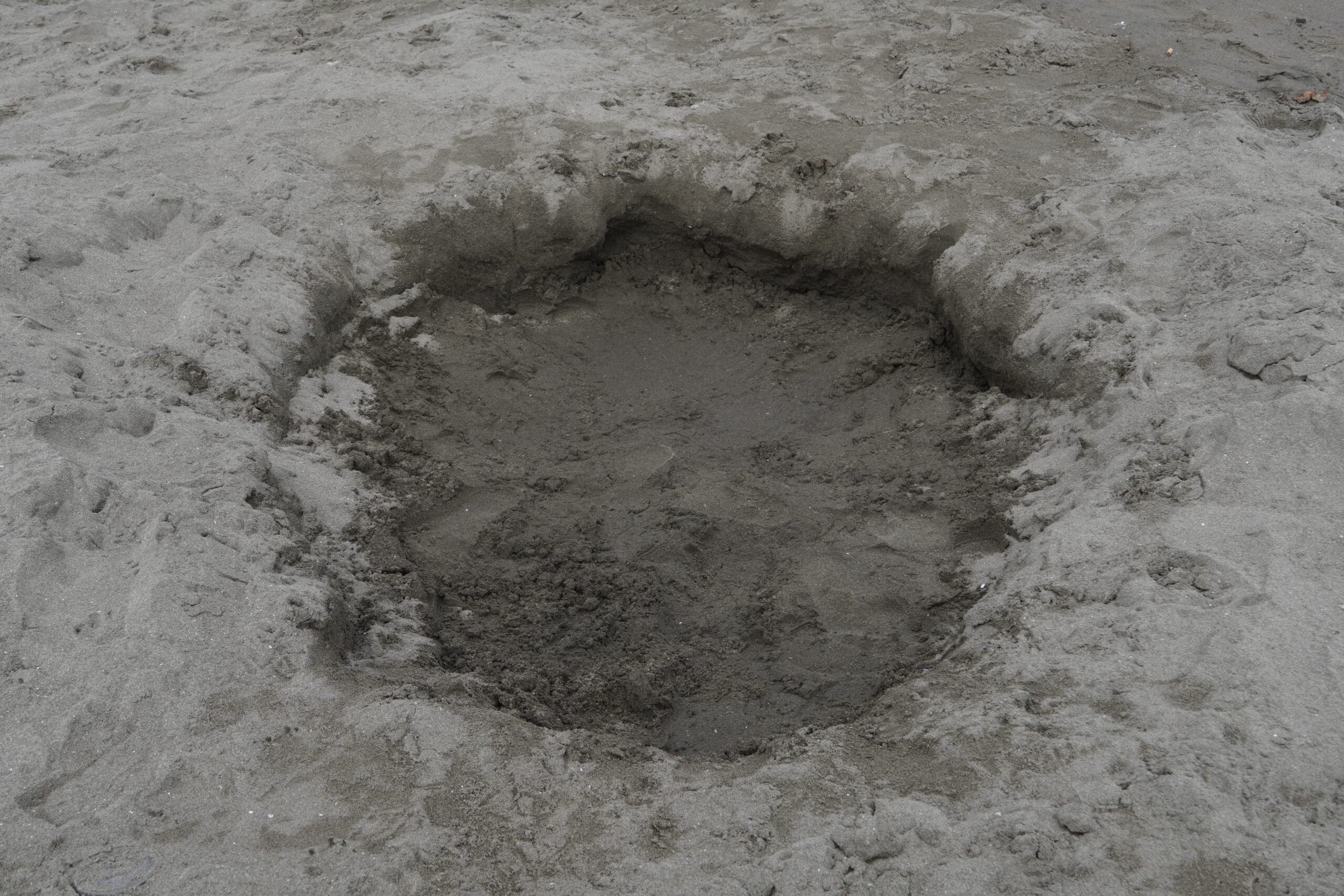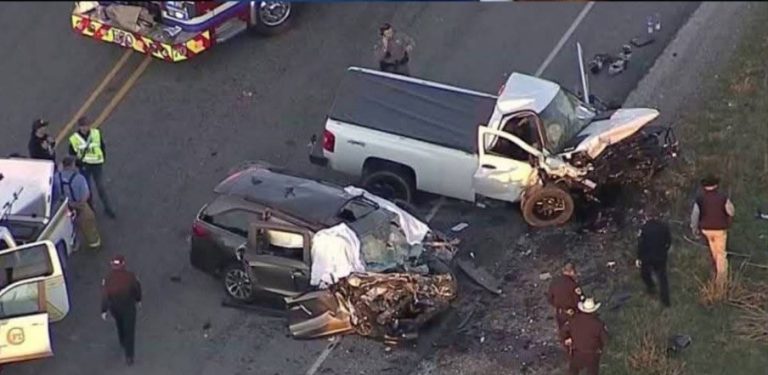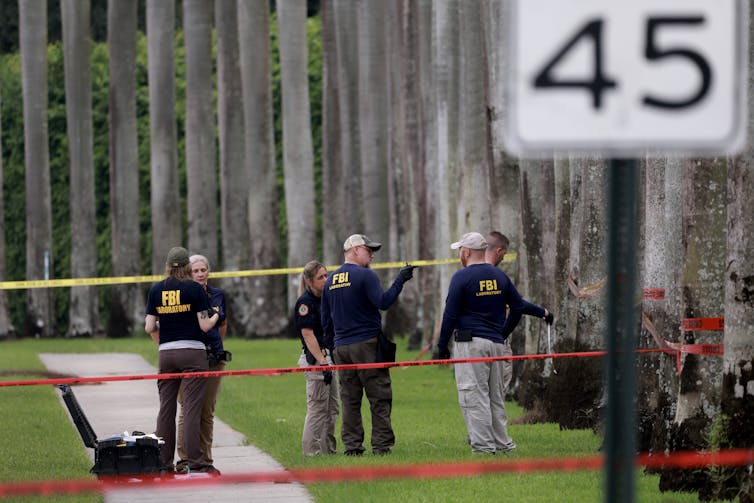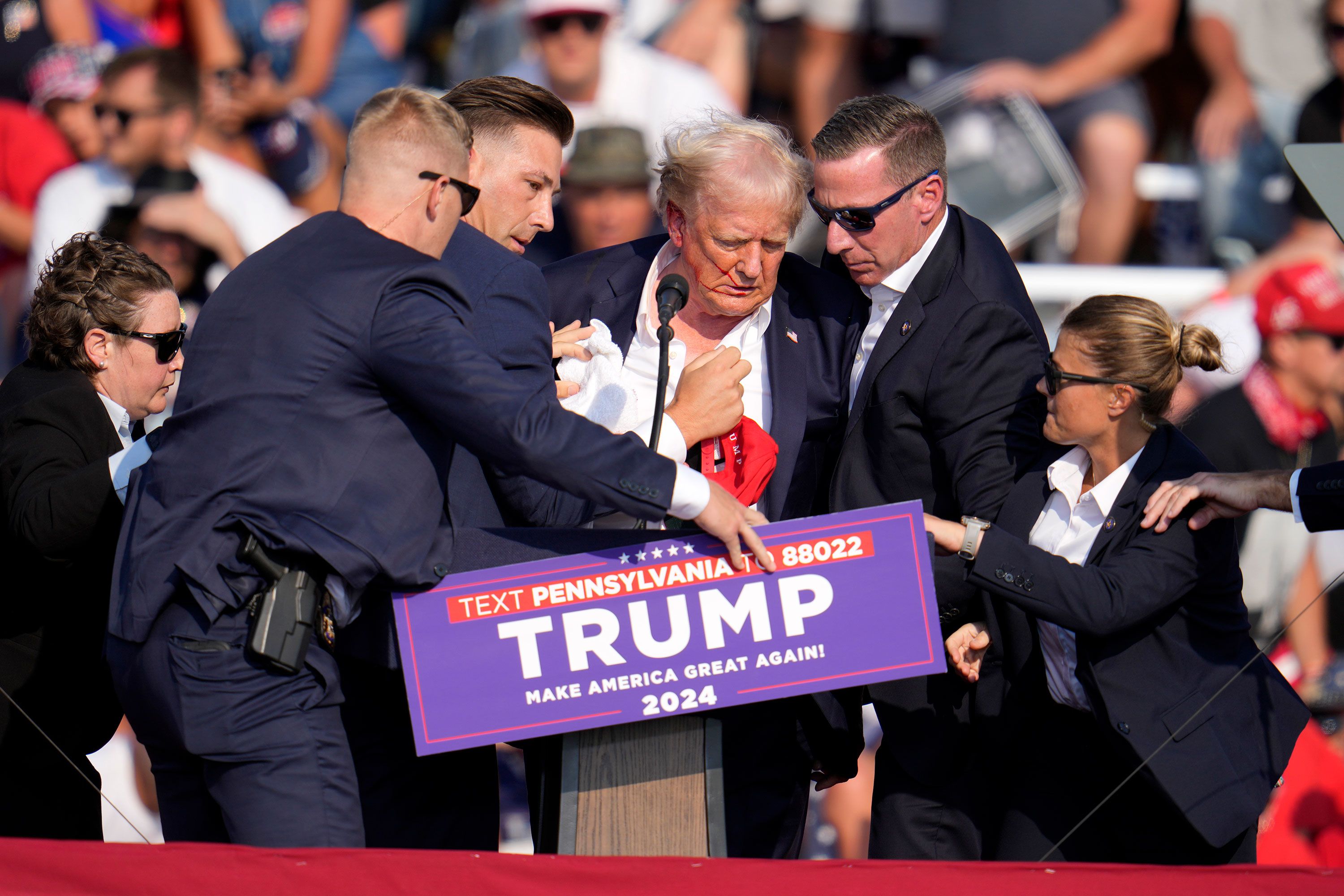In 1975, President Gerald Ford survived two assassination attempts in just weeks. The first, by Lynnette “Squeaky” Fromme, a former Manson Family member, involved an unchambered gun. Seventeen days later, Sara Jane Moore fired two shots in San Francisco; bystander Oliver Sipple intervened, deflecting a bullet and saving Ford’s life.
Ronald Reagan: Surviving With Humor
In 1981, Ronald Reagan was shot by John Hinckley Jr., who believed the assassination would impress actress Jodie Foster. The bullet pierced Reagan’s lung after ricocheting off a limousine. His resilience—and his humor during recovery—captured national admiration, demonstrating the human side of leadership under threat.

Modern Threats and Responses
In recent incidents, Trump’s Secret Service team acted swiftly at his Florida golf course, exchanging gunfire with an armed suspect. The earlier Pennsylvania rally shooting had already caused injuries. These events highlight how security challenges have evolved amid mass communication, ideological polarization, and widespread firearm access.
Presidential Risk That Endures
Assassination attempts are not relics of the past—they remain a real danger today. They reflect a complex mix of political unrest, personal grievance, and weapon accessibility. While motives may be hard to fully grasp, one fact is clear: American democracy is both resilient and vulnerable, requiring constant vigilance.
Conclusion: Resilience Amid Danger

Presidents, as symbols of national leadership, attract both devotion and hostility. Recent threats against Donald Trump illustrate that assassination attempts are a recurring feature of American politics.
Yet, in the wake of such events, the U.S. public, law enforcement, and institutions have consistently shown resilience. Moments of violence are often followed by acts of heroism, unity, and reflection—revealing both the fragility and the enduring strength of democracy.

